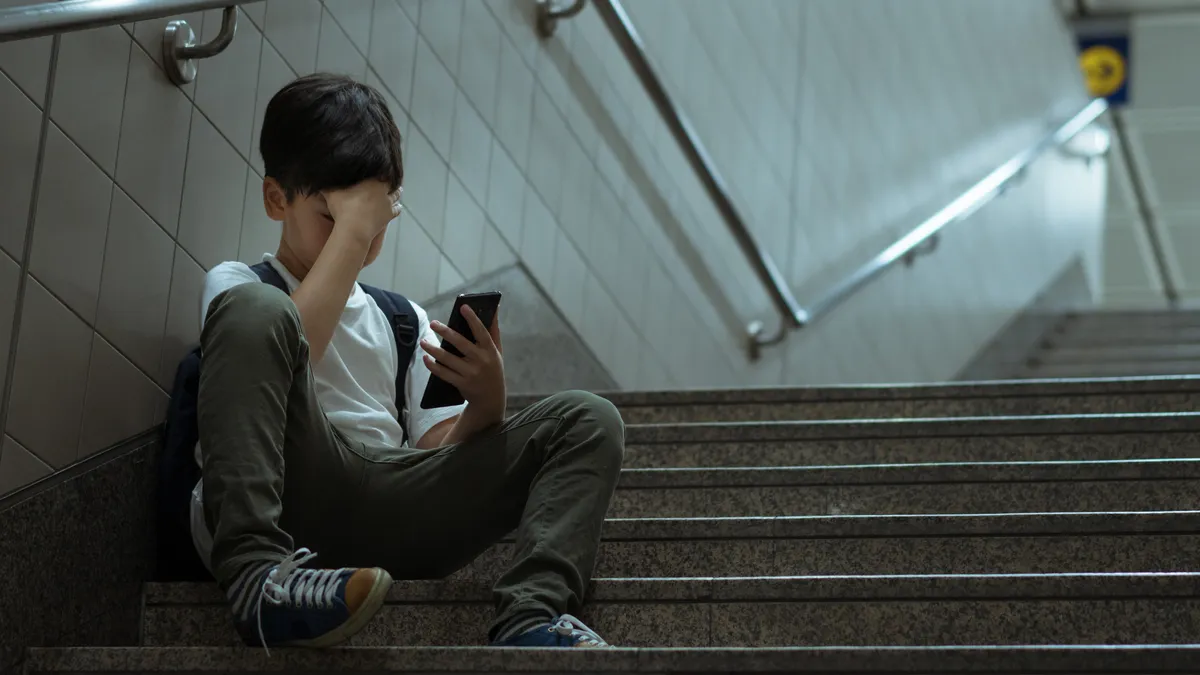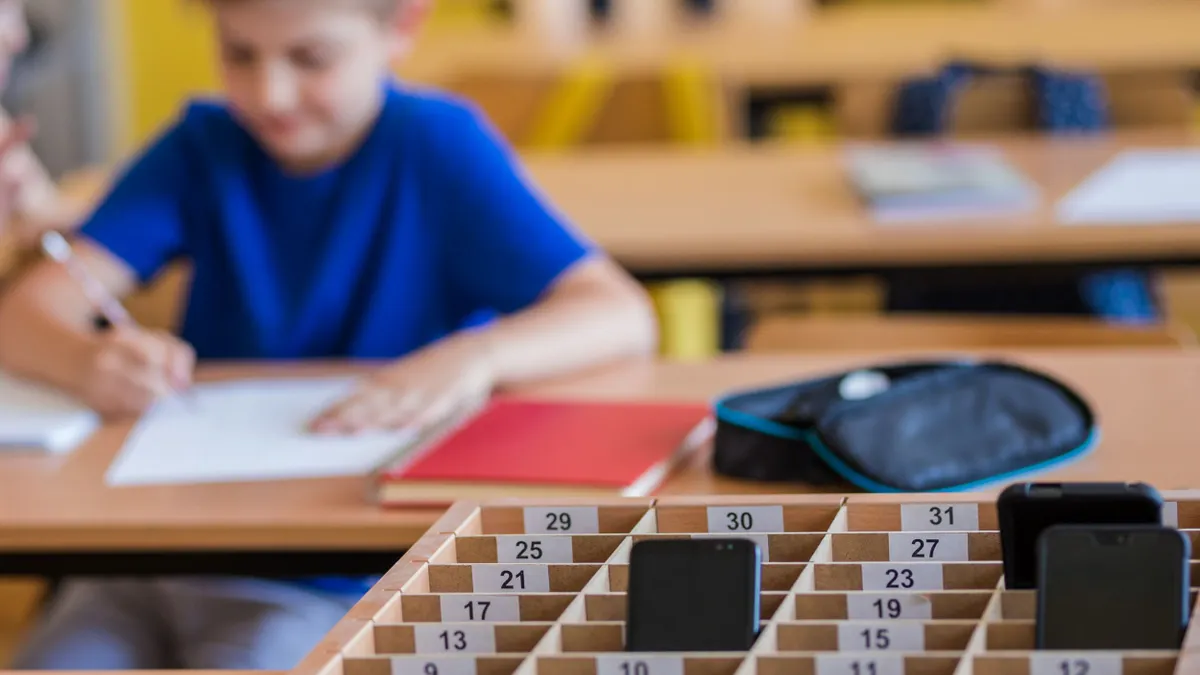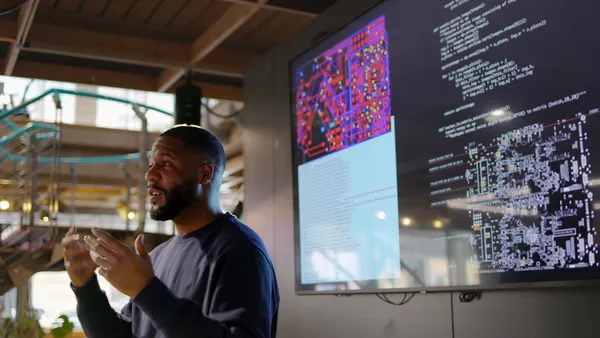The national conversation over racial bias in America has its roots in American schools, where discussions of what it takes to provide equal access, treatment, and opportunity have been active for decades.
But as city after city is rocked by revelations of racial profiling in policing and stark economic divides, the dialog over how schools should address racism has taken on new urgency. Many observers point to school discipline as a fundamental way that racial divides are perpetuated and codified, with many minority students pushed into what is known as the “school-to-prison pipeline.”
Data shows disproportionately discriminatory punishments for minority students over small infractions, the confluence of racial biases and zero tolerance discipline policies. For example, two Native American students in Utah were referred to the police for removing a soda from a teachers’ lounge refrigerator. As a result, students in these situations often miss class thanks to suspensions and court dates, with many potentially even facing jail time.
But educators and education researchers have developed alternatives, many of which are already used in some schools. The following four alternative approaches to zero-tolerance discipline have been validated by researchers at the federal What Works Clearinghouse, Indiana University’s the Equity Project, or other similarly respected organizations.
Whatever route you choose, consider this tip from researchers and administrators: Don’t think it’ll be an easy fix. An overhaul in Cleveland schools took years and required rethinking many avenues of teacher-student interaction. As with everything, a thoughtful approach early on can prevent pitfalls down the line.
1. MyTeachingPartner
This system, developed by the University of Virginia, focuses on how teachers interact with students. It includes a video library with more than 400 clips showing examples of effective interactions between teachers and students in a wide variety of classrooms and contexts. It also includes a college course and bi-monthly digital coaching for teachers.
MyTeachingPartner has proven effective at reducing harsh punishments that keep students out of class. A study found that the program is the most effective at changing how black students — who have one of the highest rates of suspensions and expulsions — are disciplined. According to research, this program helped get that rate down closer to that of other groups.
2. Stop & Think Social Skills Program
Stop and Think has deep roots in education psychology and research, focusing on getting teachers to help students build the skills necessary for success as opposed to punishing them for not having them in the first place. It divides those skills into four categories: survival, interpersonal, problem-solving, and conflict resolution.
Under the program, teachers use group activities and role playing to get students to work on those skills. They also get cue cards to help remind students about the skills they should be focusing on. It’s one of the programs recommended by the National Association for School Psychologists and has been shown to reduce referrals to the principal’s office, as well as suspensions and expulsions.
3. Virginia Student Threat Assessment
The Virginia Student Threat Assessment is a little different than the others listed here, considering it grapples directly with potential threats from students. Events like the shootings at Colorado's Columbine High School were among the major forces behind widespread adoption of zero-tolerance policies. This framework, which comes in the form of a manual for administrators and educators, offers an alternative for keeping students and teachers safe while avoiding excessive punishment for students who are no threat to others’ safety.
For example, the decision tree helps administrators distinguish from what’s termed a “transient” threat — often a joke or a statement made in a moment of anger — from a serious threat. Instead of reaction, the threat assessment focuses on monitoring and prevention.
Not only did it help reduce harsh punishments like expulsion, but the framework also offered educators peace of mind. A 2008 survey found that trainees were less likely to be anxious about the possibility of a school homicide and more likely to take a conflict resolution approach to student outbursts.
4. RIDE Online Behavior Intervention Bank
If you’re looking for resources that are a bit more native to the digital realm, this program offers a digital library of behavior interventions with multimedia implementation supports. Teachers or administrators can search by grade level, disciplinary issue, or type of intervention. It also includes a few perks for more tech-savvy approaches to discipline. Like many programs for student assessments, RIDE offers tools for teachers to track student behavior data and see if they are responding to the selected interventions. It also generates reports that can be shared with students or parents.
Would you like to see more education news like this in your inbox on a daily basis? Subscribe to our Education Dive email newsletter! You may also want to read Education Dive's look at how the arts are finding a place in 21st century education.



















